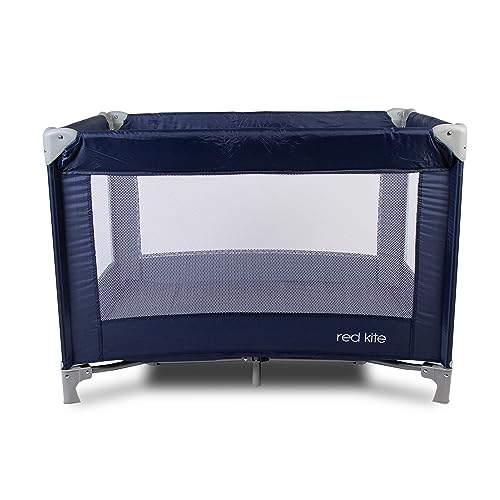How to Choose a Sale Cot
Mortuary cots are a crucial piece of equipment for funeral homes and hospitals. They allow staff to transport bodies in a safe and respectful manner. They offer a respectful, comfortable resting area for a body.
COTS products are essential in the federal market, but they can be difficult to manage. This blog will explore how COTS can be integrated into GSA schedules and other rules for government procurement.
Cost-effectiveness
The use of commercial-off-the-shelf (COTS) products allows procurement agencies to gain efficiencies by purchasing items that are readily available from the marketplace. This helps reduce development time and lowers life-cycle costs. It also allows procurement agencies to benefit from the latest advances in technology and experience in the field.

It is important to be aware that COT designations are subjective, and that different organizations may interpret COTS items in different ways. This can be problematic for a company that relies on a uniform method to determine accurate government prices. For example, wholesalers and GPOs usually have an inventory of COT items that does not align with the list used by manufacturers to calculate prices for government. A documented SOP and a COTS Reference Library are crucial elements for applying an effective and uniform method of assigning COTs.
Reliability
The sale cot is a crucial purchase for mortuary facilities. It should be reliable and strong enough to withstand the rigors of heavy use. It should also be simple to move and set up. In the event of any issues following purchase the manufacturer should provide an excellent customer service. Also, take feedback from your employees prior to making the final decision. They are the actual users of the cots and will tell you about its durability and reliability.
Wholesalers and GPOs assign COT designations that are not in line with the list of the manufacturer. This is due to a variety of factors, such as changing business models, mergers and acquisitions. This poses challenges to the application of an unreliable lens to classify COTS.
Durability
Durability is a major factor for sale cots since they must be able to endure the rigors of frequent use and transportation. They are used by many funeral homes to display the remains of people who have passed away. They must be strong enough to support the weight of caskets as well as other things. Cots should be also resistant to rust and have solid construction that is simple to put together and disassemble. It is essential to select an organization that provides customer service and is able to assist with any problems that might occur after purchasing.
Solid wood cots are the best choice for baby furniture because they're strong enough to last a long time, and less likely to contain harmful chemicals or toxic off-gassing unlike composite materials like MDF or chipboard. They also look more appealing than cheaper alternatives.
The Westport design from Silver Cross is a great option for those who want a cot and lounge chair in one. It's constructed of sturdy material and has three different levels of height suitable for growing babies. The instructions are a bit complicated but once you've got it all figured out this cot will be a great addition to your family well.
The Helinox Cot One is the most lightweight cot on the market however it's not as durable as some of the other models we tested. It's also more complicated to assemble, as it's made up of many components. But it's extremely comfortable and is a good choice for backpackers. It's also 14 oz lighter than the Thermarest Luxury Lite and Sleep Rite.
Safety
If you're providing cribs, make sure they meet the safety standard. This is a crucial step to avoid injuries and deaths to children. The best method to accomplish this is by confirming with your supplier that their products have been tested independently. Ask them to provide you with the results. You can also conduct your own tests.
No matter if you're buying new or second hand it is essential to ensure that the safety of your cot before sleeping your baby in it. Also, look for warnings and labels that provide information, as well a certification from the manufacturer. It should be free of sharp edges, protrusions, or gaps that can hold a child's finger or leg. In addition, there should be no footholds in the cot that can be used by a child to climb out of.
When choosing a cot, check that the mattress is flat and clean. It should fit perfectly, without gaps. The bottom edge of the rail should not be more than 30mm from the base of the mattress. If the base of the cot is adjustable, make sure it is set to the lowest position.
Make sure that the slats and filler bars have been firmly fixed, and that they do not have any tiny holes which could catch clothing. please click the following page , bolts and corner posts should not extend more than 5mm to stop a child from catching their fingers. Make sure the cot isn't in close proximity to drapes or blinds that are loose and could easily be snatched by tiny hands.
Find a label that states that the cot has passed obligatory tests and is compatible with Australian Standards AS/NZS2172:2003 Cots intended for household use safety requirements. This is the only way to make sure that the cot you are purchasing is safe and suitable for sleep. It is illegal for retailers, antique stores and second-hand shops to sell antique cots with no labels or certificates.
While manufacturers and designers are diligent in ensuring that their products are safe, accidents can occur. Older cots that have been used by children of other ages may not be safe to use according to current standards, and they can be a risk of suffocation, strangulation or ingestion of foreign bodies.
